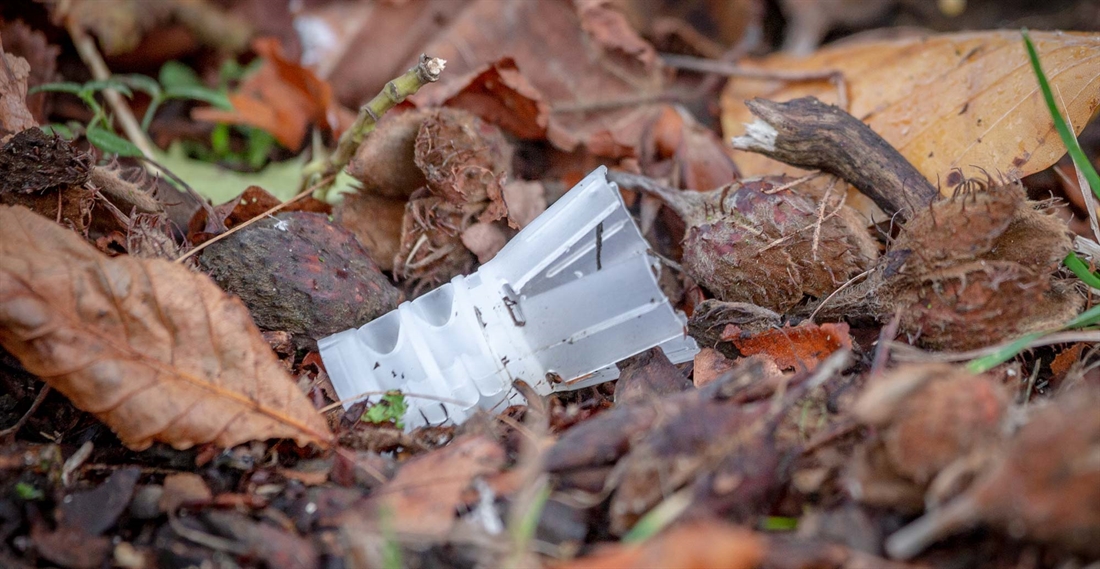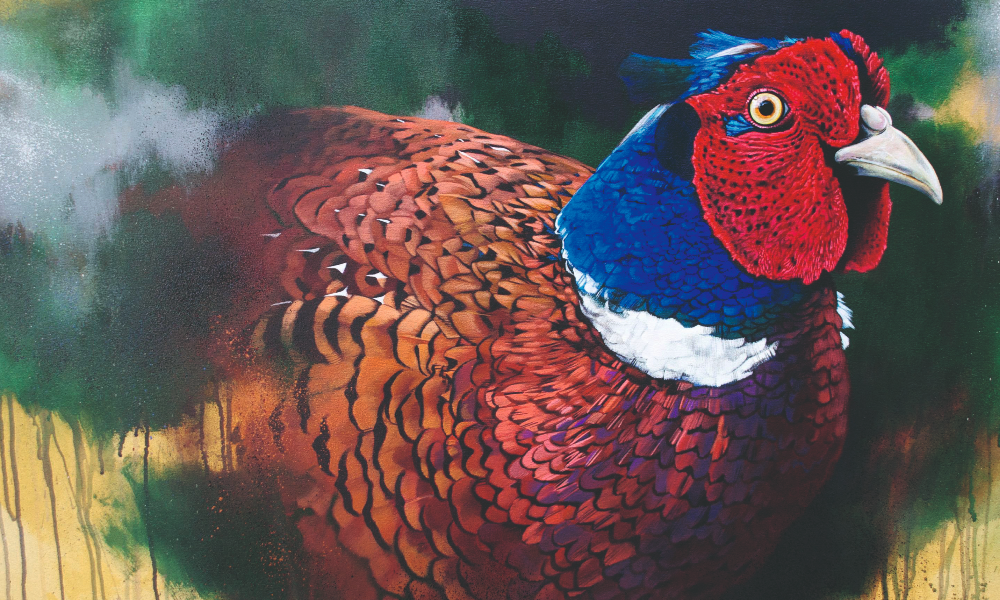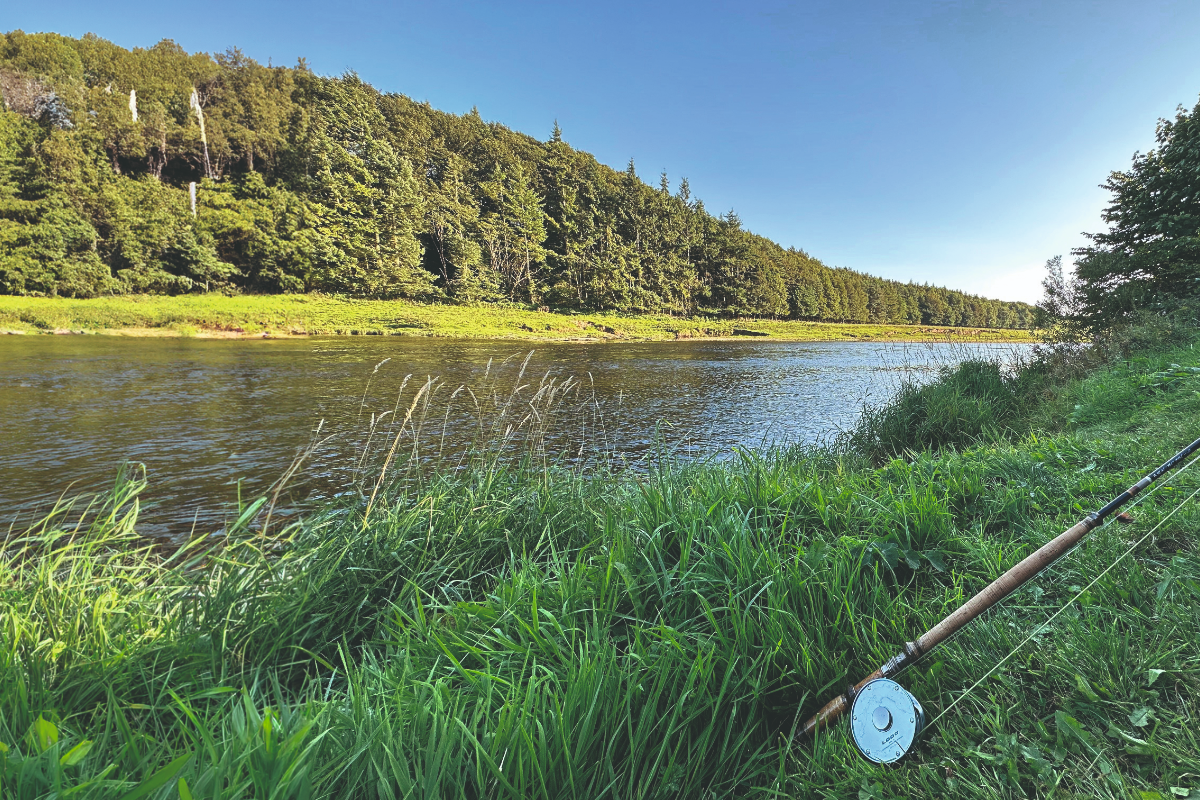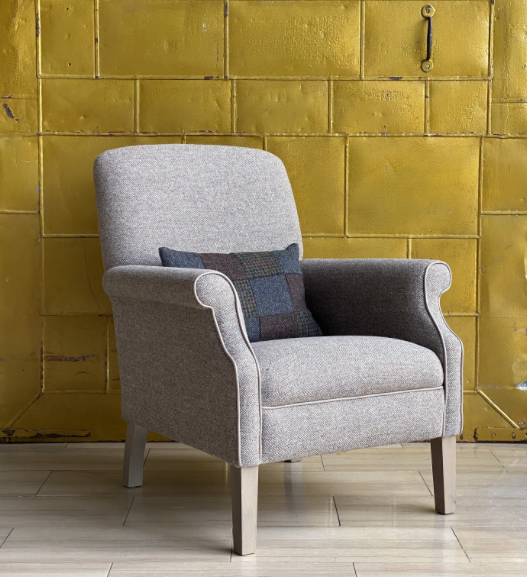Fibre for fieldsports
We launch the ‘Fibre for Fieldsports’ (#fibreforfieldsports) campaign, which aims to completely phase out the use of plastic wad cartridges for game shooting.

Did you know that two plastic cartridge wads are equivalent in weight to a standard plastic carrier bag?
In line with recent efforts at Fieldsports to go about our business in a more responsible and sustainable way – swapping plastic in our supply chain for recyclable alternatives wherever possible – comes the launch of the ‘Fibre for Fieldsports’ (#fibreforfieldsports) campaign, which aims to completely phase out the use of plastic wad cartridges for game shooting.
As responsible custodians of the countryside, the vast majority of game shooters now opt to use biodegradable, ‘fibre’ wad cartridges. We’d like to see everyone who shoots game do this, firm in the belief that there is no longer an excuse not to do so.
If you passed 100 plastic carrier bags on your way back to the gunbus after a drive on which your team had fired 200 shots, would you turn a blind eye?
Olympic gold medalist Peter Wilson MBE shares his thoughts:
As this is written I have just arrived in Malaga from Gatwick for the International Costa del Sol Grand Prix. This follows three days’ intensive training with my coach Ahmed Al Maktoum in Cyprus. In the space of a week I will have fired somewhere in the region of 5,800 cartridges.
The demands of Olympic disciplines are so different from every other form of shooting – the difference between success and failure can be one clay at the end of five rounds of 25 after two days, and that is just to get into the final.
The body and brain has to be conditioned to this relentless demand so that if necessary it can function on autopilot. In an effort to get to this stage, I think I must have fired more cartridges than anyone else of my age alive.
The sheer volume of cartridges fired on Olympic ranges is illustrated by the plastic wads blowing like snow in front of each layout, the cases heaped in baskets by each position, and the lead shot rattling against the netting that helps contain the shot. Everything is collected and the lead is recycled. In my experience the cases end up in a huge heap with the wads, grass cuttings and clay fragments which are then periodically burned – as much because it is the easiest solution as it is to save money. The only logical way forward is a ban by the International Shooting Sports Federation on the use of plastic.
In an intensely competitive market, the development of biodegradable wads and cases would be swift. Fibre wads have come a long way in recent years.
Indeed, many of the problems associated with fibre wads have already been overcome and the same could be said, to some extent, about paper case cartridges. At least one Italian company has plans for a water-soluble wad.
The argument against fibre wads in the field seems to be based on the idea that really high birds can only be killed with plastic wads. But if that is your only justification for littering the environment with plastic, you probably should not be shooting at them in the first place.
It seems ironic that in an intensely conservative sport, there are still a small contingent who insist on spreading little pieces of plastic all about them, in the countryside they purport to love so much. I also find it strange that paper cases – which are as traditional as plus fours – are not more popular. After all, many of us are sticklers for tradition.
#FIBREFORFIELDSPORTS
Related Articles
Get the latest news delivered direct to your door
Subscribe to Fieldsports Journal
Elevate your experience in the field with a subscription to Fieldsports Journal, the premium publication for passionate country sports enthusiasts. This bi-monthly journal delivers unparalleled coverage of game shooting, fishing and big game across the UK and beyond.
Each issue offers a stunning collection of in-depth features, expert opinions and world-class photography, all presented in a timeless yet contemporary design.
Save 10% on shop price when you subscribe, with a choice of packages that work for you. Choose from Print & Digital or Digital only with each journal delivered directly to your door or via the app every other month, plus access to past issues with the digital back issue library.






